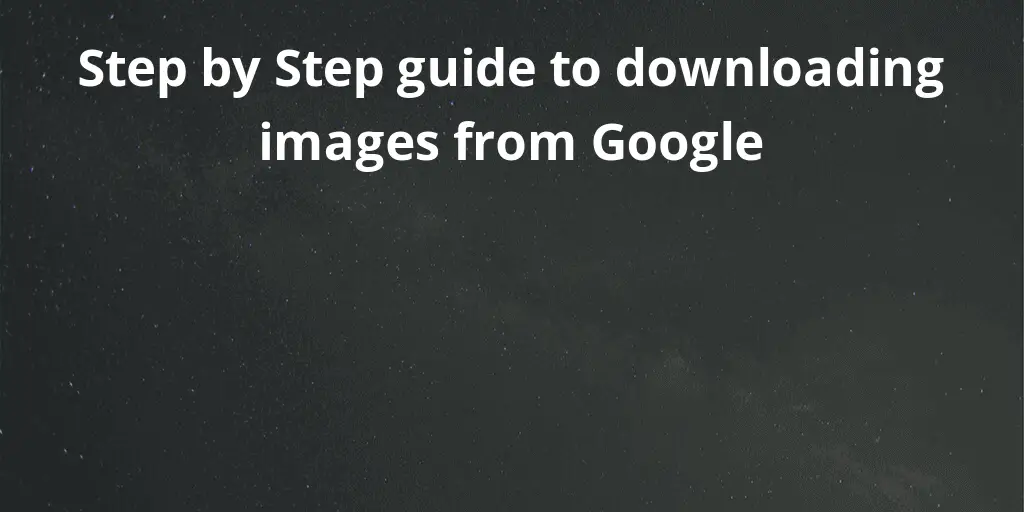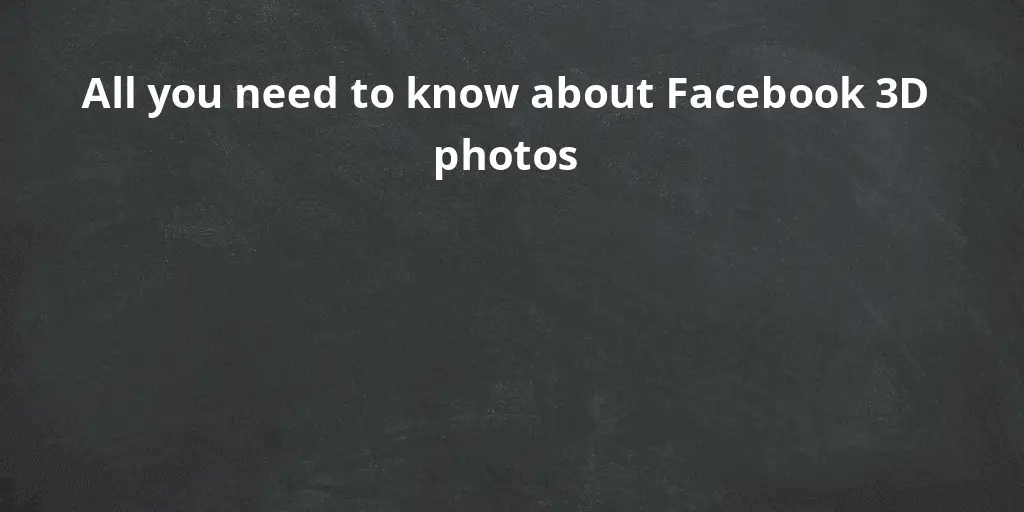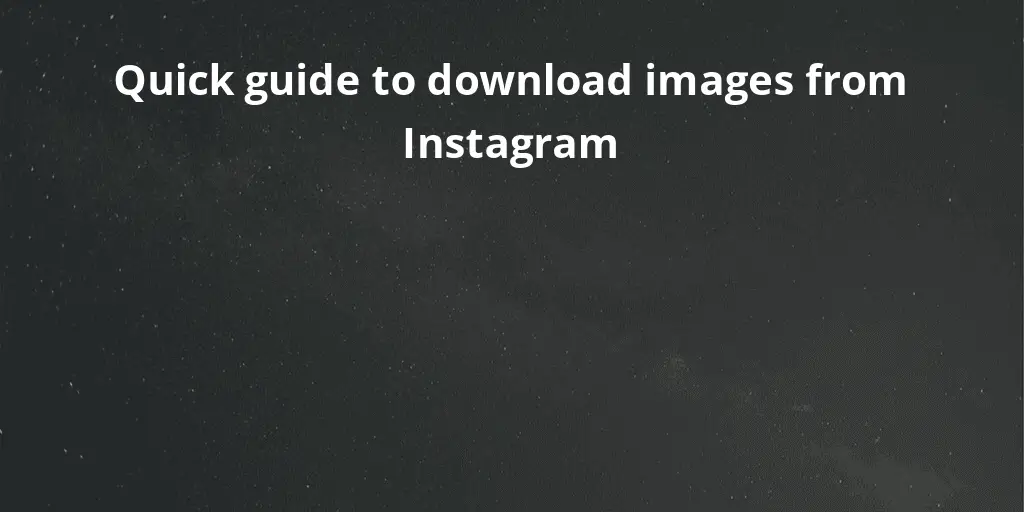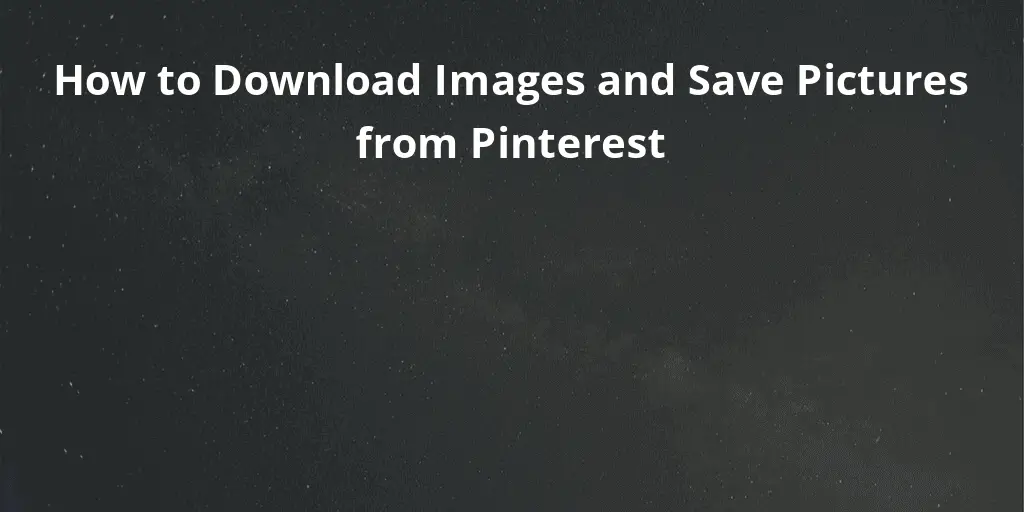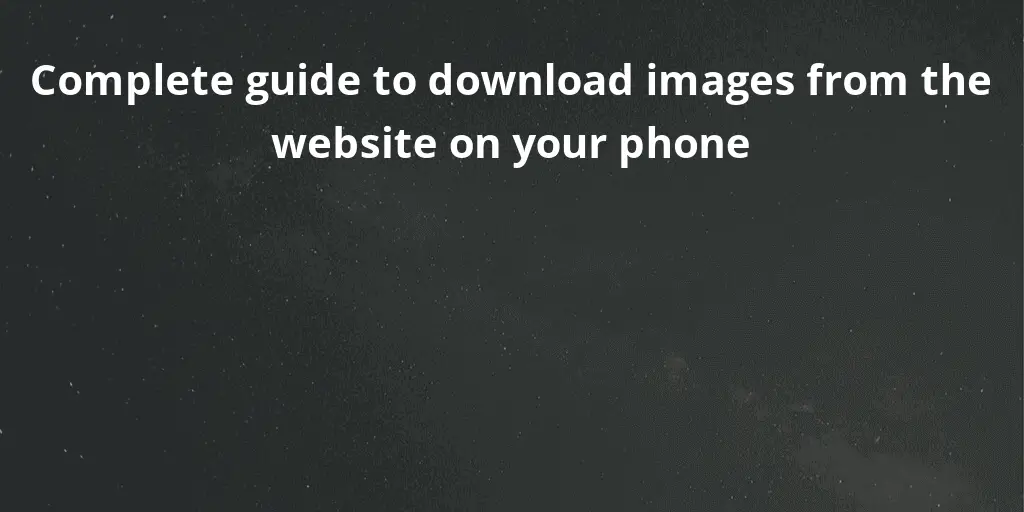Image compression is a feature that is done to modify the image in terms of its size, dimensions, quality, texture, etc. The image will be reduced in all aspects the most preferred aspect stands its size, users detox the original image with the help of various softwares and apps. The real meaning of image compression is that it is a type of data compression applied to digital images, to reduce their cost for storage or transmission. Algorithms may take advantage of visual perception and the statistical properties of image data to provide superior results compared with generic data compression methods which are used for other digital data. Image compression is generally 2 types in nature-
Lossy compression-
lossy compression or irreversible compression is the class of data encoding methods that uses inexact approximations and partial data discarding to represent the content. These techniques are used to reduce data size for storing, handling, and transmitting content. The different versions of the photo of the cat on this page show how higher degrees of approximation create coarser images as more details are removed. This is opposed to lossless data compression (reversible data compression) which does not degrade the data. The amount of data reduction possible using lossy compression is much higher than using lossless techniques.
Lossless compression-
Lossless compression is a class of data compression algorithms that allows the original data to be perfectly reconstructed from the compressed data. By contrast, lossy compression permits reconstruction only of an approximation of the original data, though usually with greatly improved compression rates (and therefore reduced media sizes). Lossless compression is used in cases where it is important that the original and the decompressed data be identical, or where deviations from the original data would be unfavorable.
Image compression may be lossy or lossless. Lossless compression is preferred for archival purposes and often for medical imaging, technical drawings, clip art, or comics. Lossy compression methods, especially when used at low bit rates, introduce compression artifacts. Lossy methods are especially suitable for natural images such as photographs in applications where the minor (sometimes imperceptible) loss of fidelity is acceptable to achieve a substantial reduction in bit rate. Lossy compression that produces negligible differences may be called visually lossless.
The main factors that decide the potentiality of an image compression software or an app here consist of –
1.Scalability-
Scalability is the main factor that plays a major role while converting an image. It generally refers to a quality reduction, which can be achieved by the manipulation of a bitstream or a file. Scalability also may be found in lossless codecs, usually in form of coarse-to-fine pixel scans. Scalability is especially useful for previewing images while downloading them (e.g., in a web browser) or for providing variable quality access to e.g., databases.
2.Meta Information-
Compressed data may contain information about the image which may be used to categorize, search, or browse images. Such information may include color and texture statistics, small preview images, and author or copyright information. Most of the websites skip this information branding it as unnecessary thereby eliminating it, so the user must make sure to download the modified image as a zip file this actually includes the additional data along with the image so that the user can only extract the information or the picture based on their demand.
3. Processing Power-
Processing power is an important feature after scalability, the ideal condition for processing power here, should always take less time in encoding and decoding and more data coverage at the same time. Compression algorithms require different amounts of processing power to encode and decode. Some high compression algorithms require high processing power.
Image compression softwares present around the internet demand many things, but unknown to the users they might steal valuable information from and thereby exploit them. The users should always make sure about these things while referring to an unknown website or an app-
1.Credibility of the app/website-
Safety has always been the first and foremost factor which has always worried the people who are on the internet since 2005, with the advent of new methods for data breaches, the safety methods to is being upgraded exponentially. So, safety is the first and foremost factor that is to be observed when uploading your data to any unknown websites. There are two simple ways in which you can check its credibility The first way is to use a URL checker like google safe browser technology, and site checker pro and run a site check. These URL checkers are free to use and easy to manage. The second way is to view the QR code generator’s credibility is by viewing the validity of its SSL certificate.
2. Features matter the most-
features are the options offered by the app/website to the users to modify their existing data to a whole new level. Always check multiple websites on the QR codes to compare and use their features efficiently, and also check their credibility before uploading your data. Features decide almost everything, for generating the best QR code, the user requires the best features such as the QR code editing option, image editing options, colors, templates, etc.
3. Compatibility-
This is a small but important feature, while selecting a code generator always check its compatibility in multiple devices. Some of the Apps/Websites may not provide the same features on mobile/tablet as they have provided on pc. So, always check the compatibility of the QR code generator on multiple devices such as Android or iOS and compare.
4. Compare the plans-
The best features or options for our QR codes or any other services provided are always locked inside the premium vault. The keys to this kingdom lie in the plans of premium subscriptions. So, always compare the plans and services of multiple Websites/Apps to take the best out there.
Now coming to the softwares which provide the best image compressing options out there on the internet include-
1.SQUOOSH-
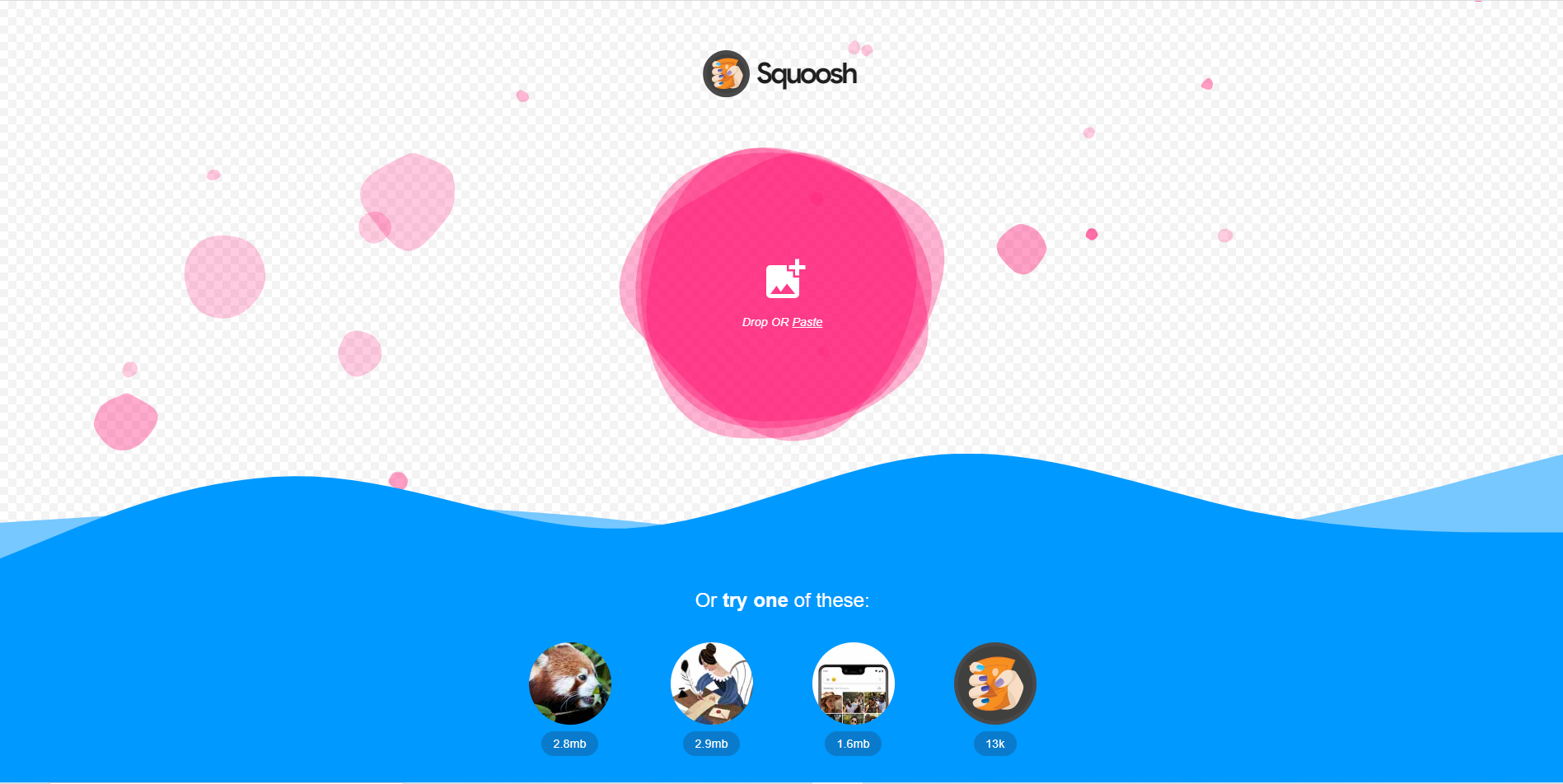
SQUOOSH is a fast, reliable, and resourceful web-based image compression software. It is a simple photo compressor tool wherein we just drag a photo from a photo finder window and drop it on the browser, we just click the download button after dropping a photo. The bonus feature here is that all the parameters are customizable. Images here can be rotated, resized, and the color palette can be reduced. The best feature is the vertical bar that shows the original image on one side and the compressed image on the other. It can be dragged left and right to preview the quality after adjusting the compression settings.
2.CAESIUM IMAGE COMPRESSOR- 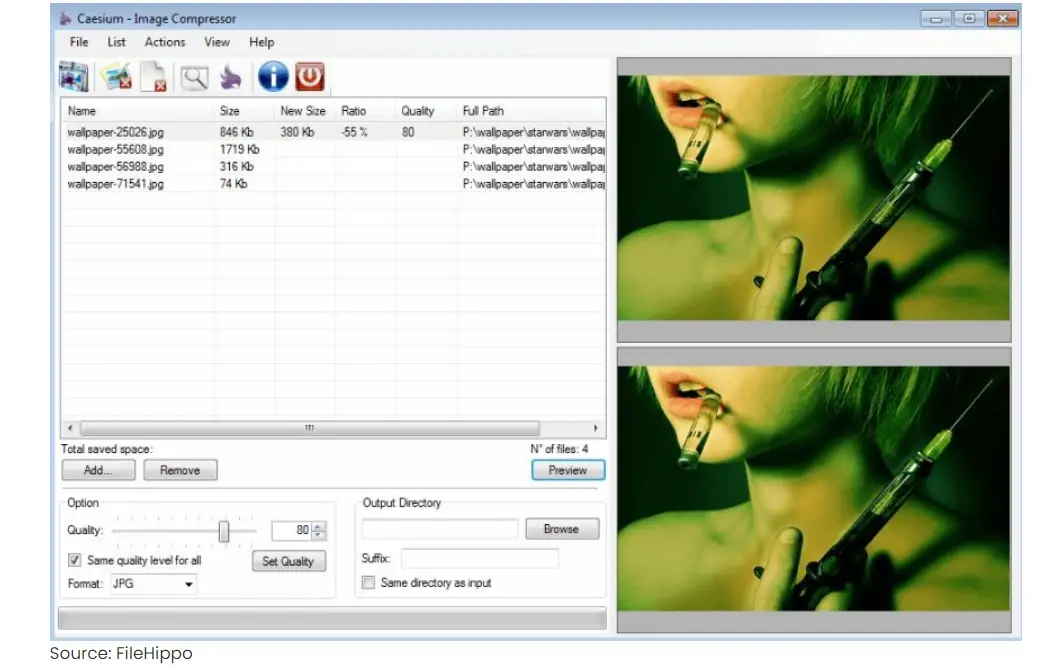
The cesium image compressor is divided into 3 parts which are the compression section, resizing column, the output folder. It is open-sourced and windows supported software. It can even convert or compress images from other formats, these are PNG, BMP, JPG. output folder allows you to add compressed images with unique suffixes to a new folder. The key features offered in Caesium image compressor software include –
It can compress multiple image folders at a single instant Simple and user-friendly interface, Portable version is handier (app-based), It can format, resize, reshape any image.
3.RIOT-
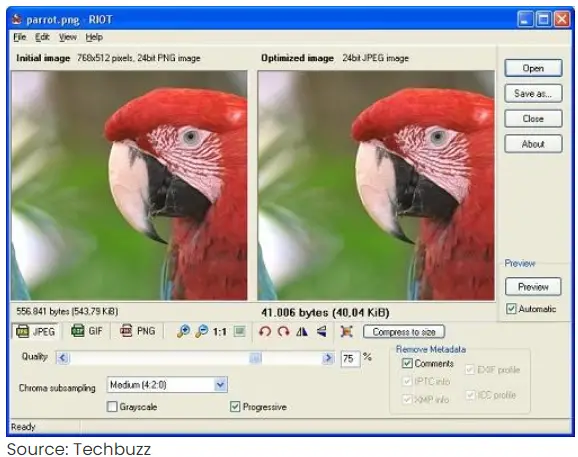
RIOT or Radical image optimizer is a free optimizer tool. the users can compress and reduce the size of larger images. It supports various image formats such as JPG, JPEG, BMP, TIF, GIF, and many other RAW image formats. The user can compress, resize, rotate and flip. There are many features offered by RIOT out which stand out is the resampling feature. This allows us to adjust the height, width of the image along with their aspect ratio. The users can compare the image by keeping the original image pane side with the edited one. Resample options are available for image resizing via 6 resampling filters. There are some downsides for this software too, as this is built solely for image compression it has skipped out the feature to preview the edits before a save, so just make sure to keep the original photo handy in any case necessary.
4. Compressor.io- 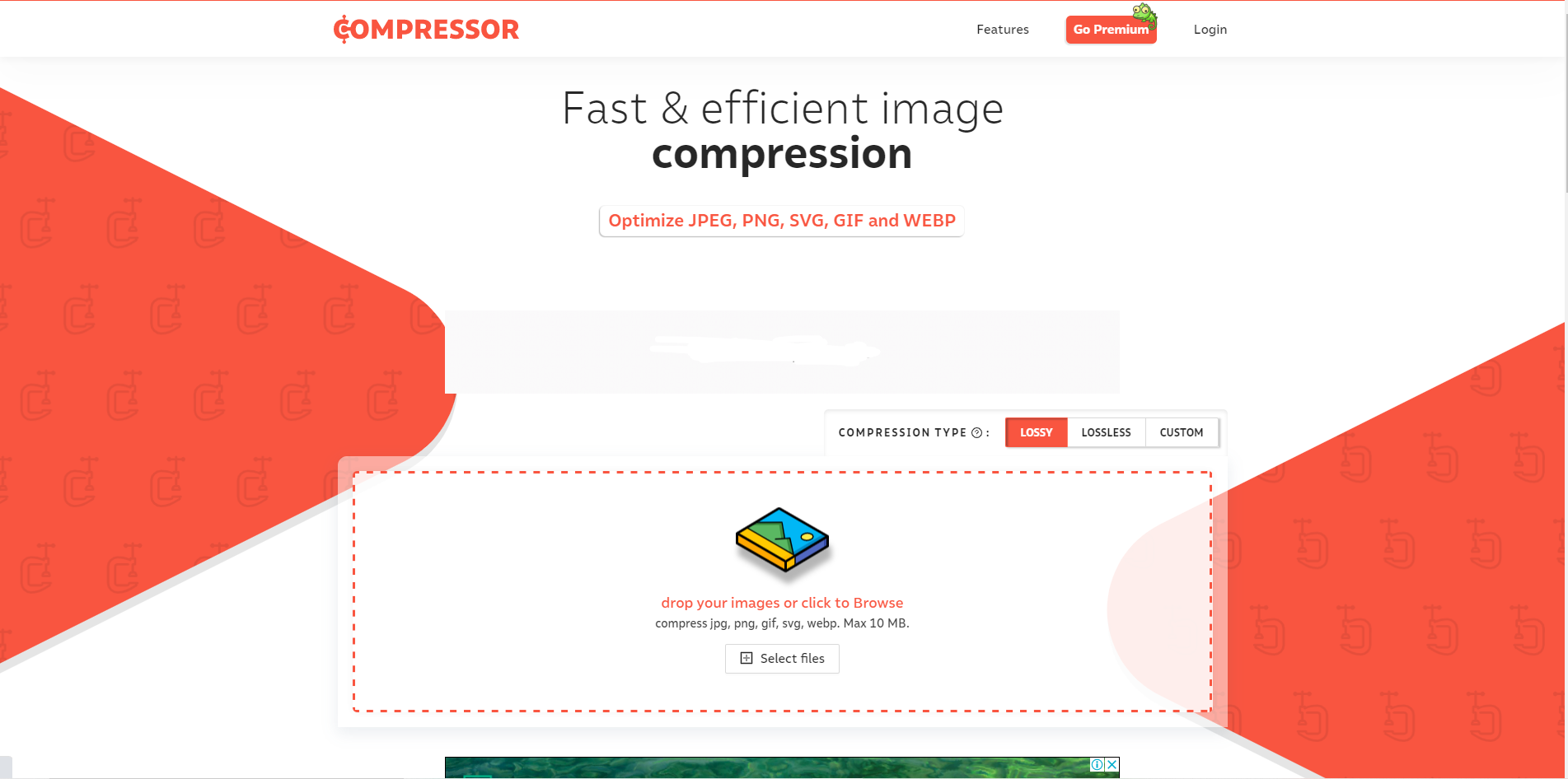
Compressor.io is an online service for compressing photos and files. It offers both lossy format and lossless format compression, after selecting an output format, the users can select and drag the image into an input box. The compression will be an automated process wherein the image will be available to download just after a few seconds. The compressed image is not as small as some other services and apps can manage, so maybe the preset compression settings are conservative.
5.Safeimagekit-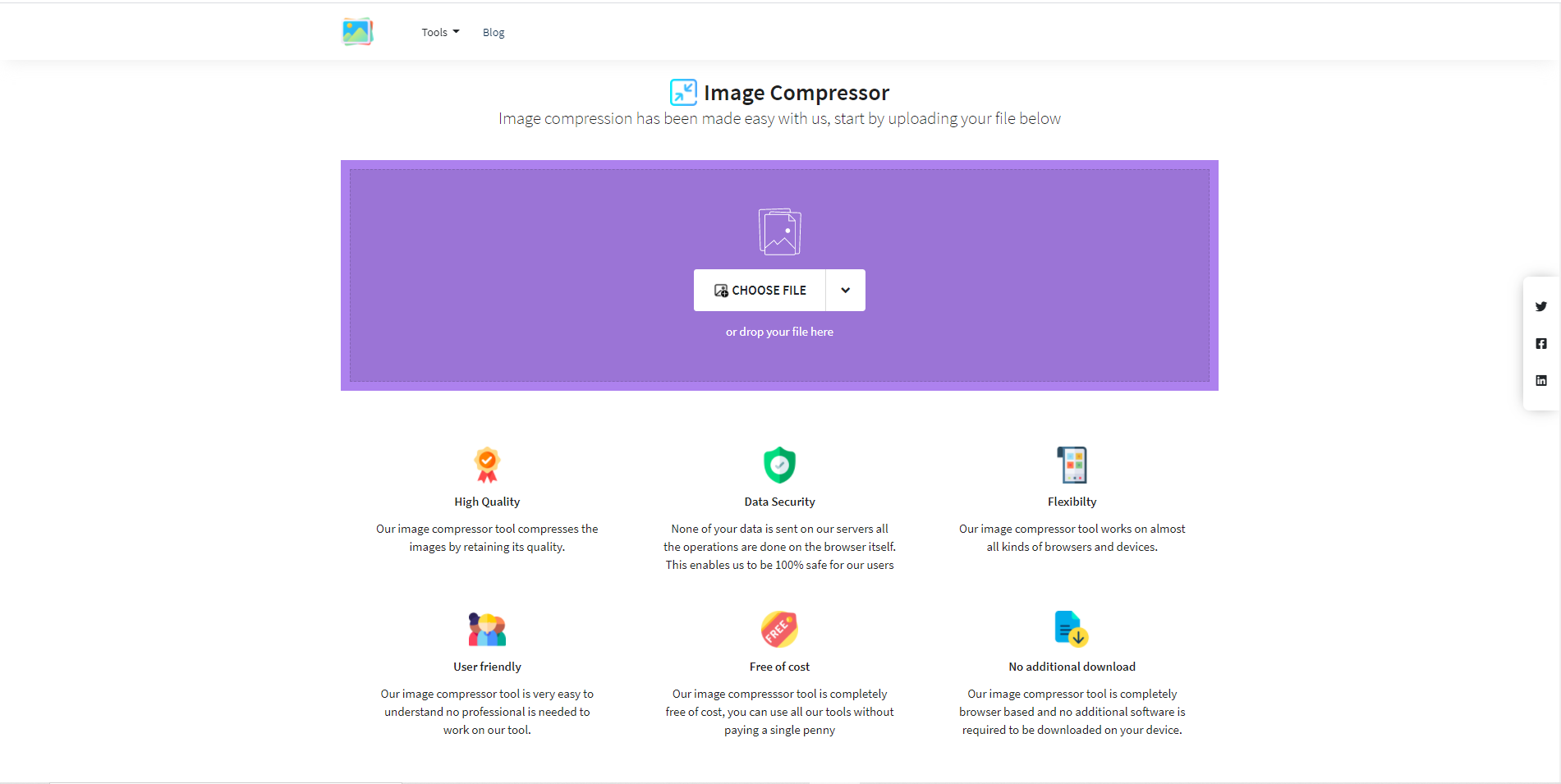
Now, this is interesting safeimagekit.com is a multimode featured website that provides many options for the users related to the image. Image conversions, art generations, image compressions, watermarking feature on an image with the text of the user’s choice, pixel art generator, ASCII art generator, etc. coming to the meme generator the features provided to the user are very standard. It is not connected to any server out there .so, the uploaded images are completely safe and secured. The image compressions offer height and width adjustment, it even offers many options apart from image compression.
In conclusion, there are many tools that can compress our image, but as a user, it all depends on us on how we select our tools to finish our work. There are many apps and softwares that are masking themselves in front of us and stealing our personal info from our devices. The above-mentioned apps/softwares are just an example of safe and free-to-use tools, feel free to contact us through our social media handles if there are any doubts/suggestions/ideas to be presented for this post.







